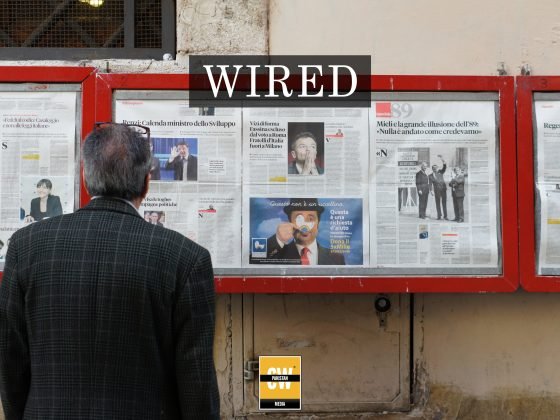Lahore has initiated a trial of Pakistan’s first trackless metro system, marking a significant moment in the evolution of urban transport technologies in the country. The demonstration of the Super Autonomous Rail Rapid Transit (SRT) vehicle in the city represents an experimental step to evaluate how next-generation mobility systems can serve growing urban transit needs without requiring traditional rail infrastructure.
The SRT, often described as a “subway on the road,” is designed to operate without physical tracks. Instead, it relies on Virtual Track Technology—a digitally guided system that allows the vehicle to move along pre-programmed paths. This form of transit offers potential advantages over conventional metro systems by reducing the need for heavy civil infrastructure, thereby enabling faster and more cost-efficient deployments.
The demonstration vehicle arrived in Lahore earlier this month and is being tested as part of a feasibility study. The goal of the trial is to assess whether the SRT system’s technological and operational features are compatible with local transport needs and road conditions. Authorities are closely observing its movement, functionality, and responsiveness in real-time environments to determine how it might be integrated into the existing public transport framework.
The SRT concept has already seen real-world applications in several international cities. It was first launched in Jiangsu Province, China, in 2021 and has since been adopted in Malaysia, Türkiye, and the UAE. Its performance in these regions has earned the system notable industry recognition, including the Zhan Tianyou Award by the China Civil Engineering Society, an honor given to innovative engineering achievements.
While the trial in Lahore is still in its early stages, the presence of the SRT vehicle in the city reflects growing interest in smart, electric, and efficient transit models. The vehicle showcases a blend of automation, clean energy, and route precision, enabling smoother transit experiences without the typical delays and costs associated with rail construction. Although it resembles a tram or metro in appearance and function, the SRT moves on rubber wheels and can operate on standard roads, guided by sensors and AI-based navigation systems.
Local authorities have not announced a definitive timeline for full implementation or expansion of the system. For now, the initiative remains a test to better understand how this technology could support Pakistan’s transportation objectives. Engineers, urban planners, and policymakers are using this phase to collect data and feedback that will inform future decisions regarding smart mobility infrastructure in the country.
The SRT trial reflects a broader effort to introduce intelligent mobility solutions that combine affordability with sustainability. As cities like Lahore seek to manage growing populations and increasing traffic demands, such trials represent valuable exploration into how emerging technologies can contribute to cleaner and more efficient urban living.









